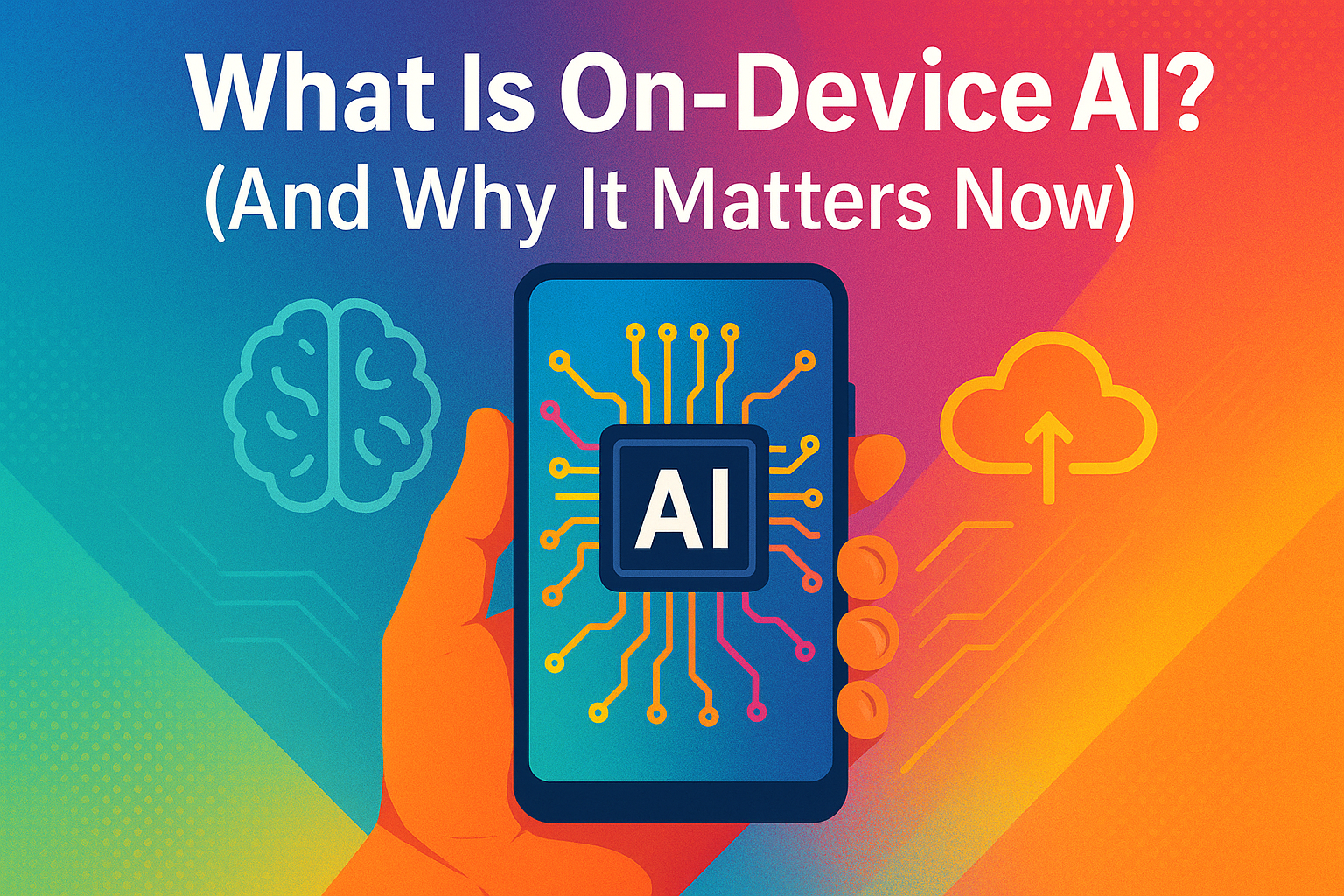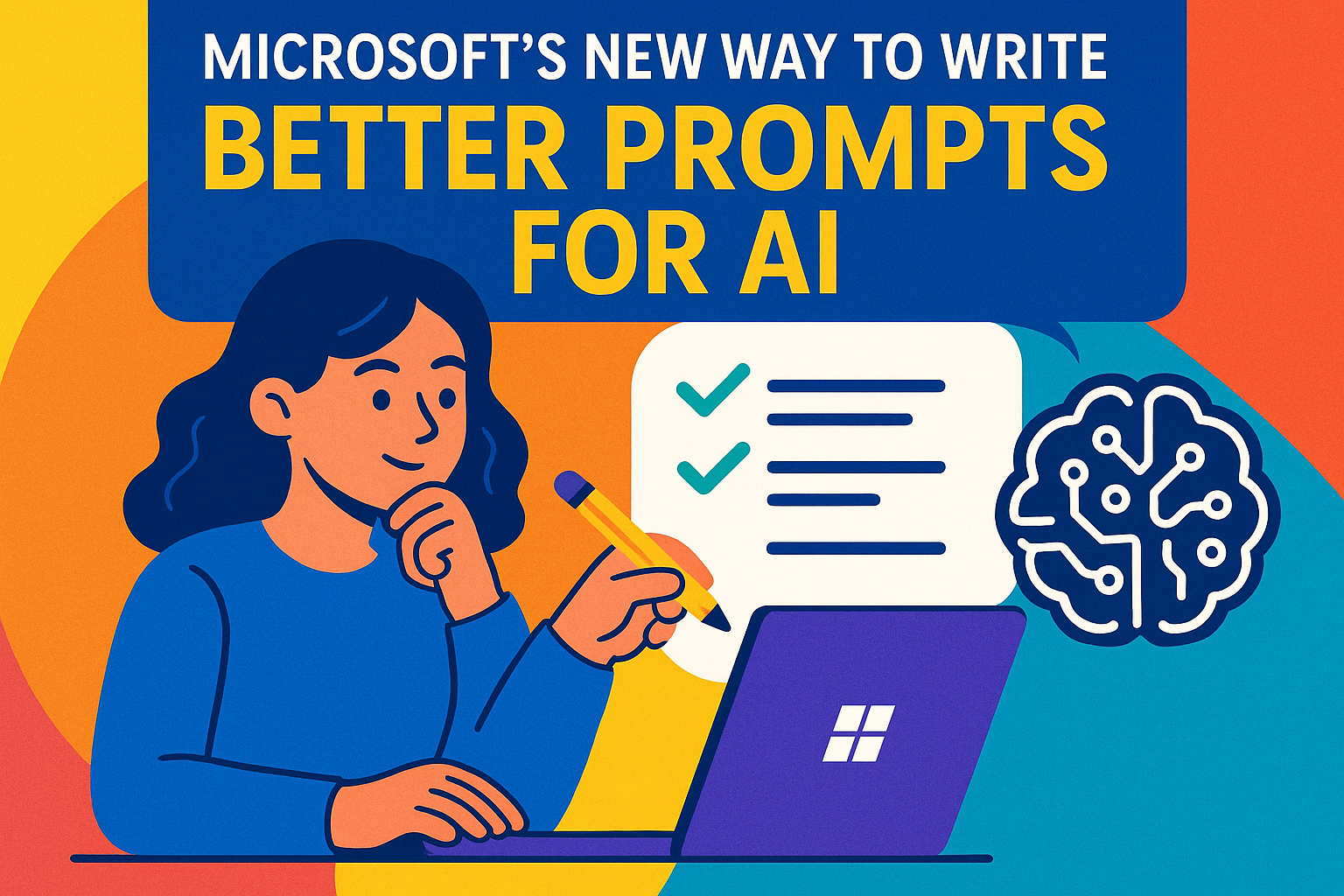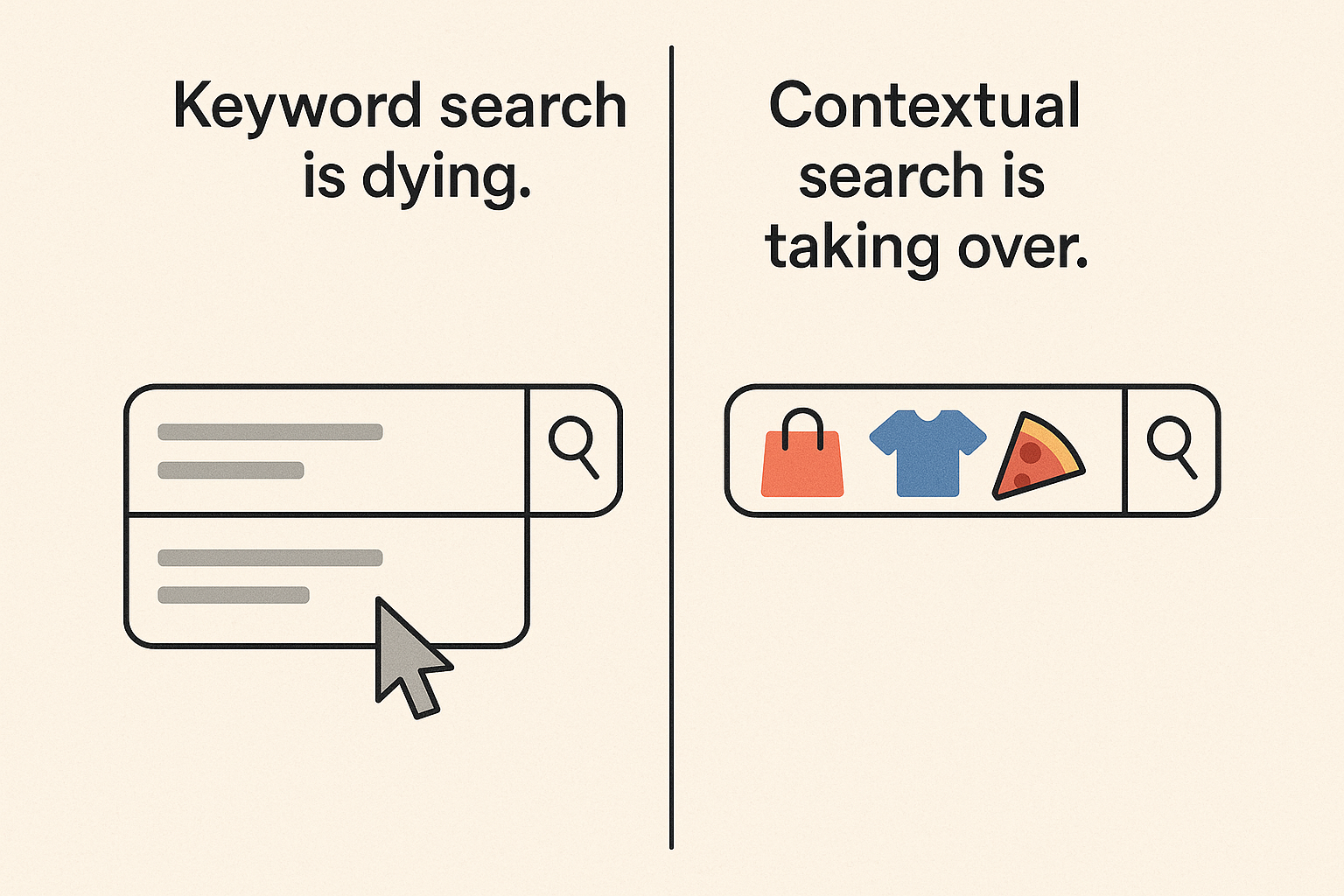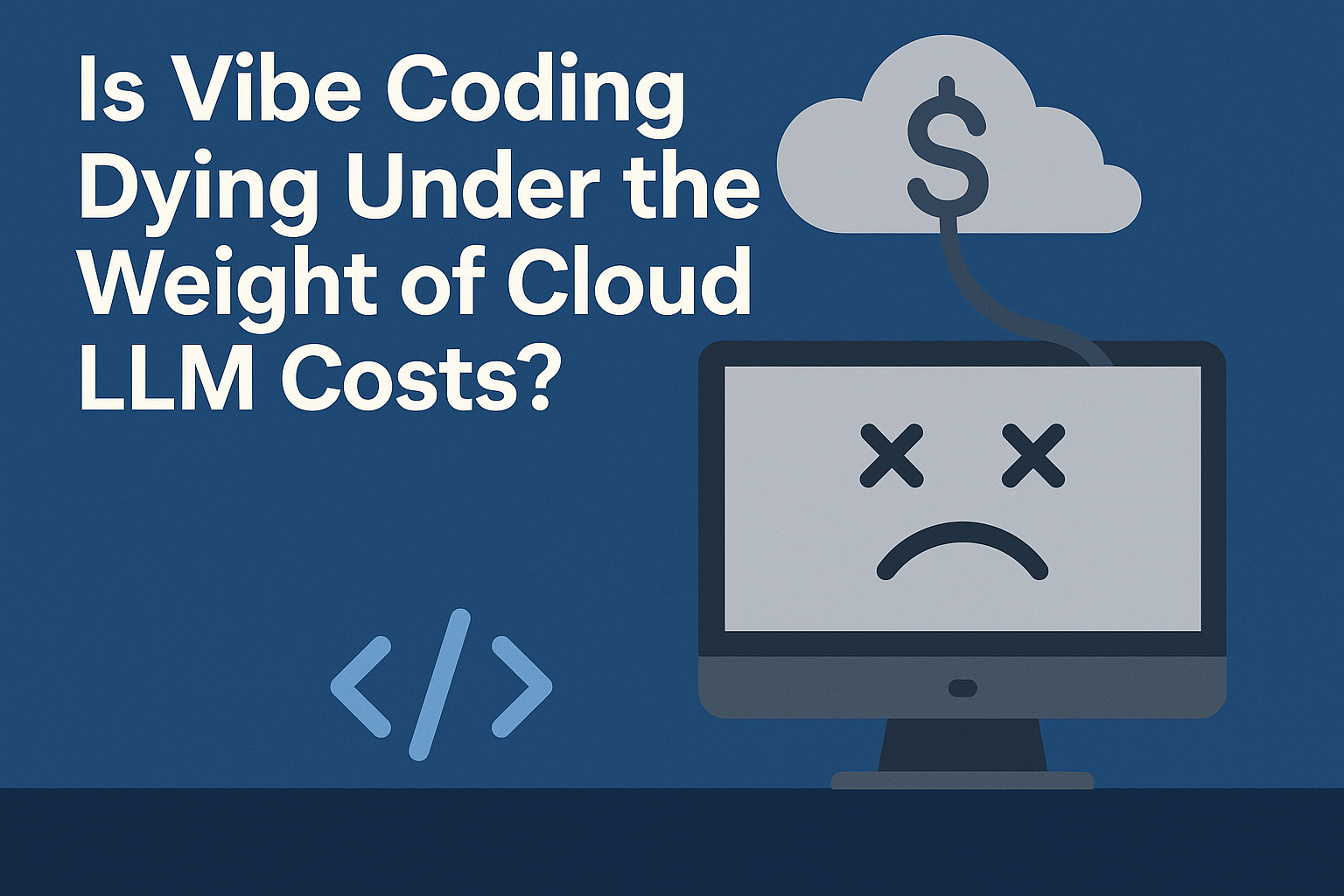By Manish Sunthwal, Sr. TPM | Startup Tech Leader | Building AI Product
🚀 The AI Boom Is Real — But So Are Its Blind Spots
We’re in the middle of an AI revolution. Every week, there’s a new breakthrough — from chatbots writing essays to voice assistants understanding context.
But there’s one assumption built into most of these tools:
That the user is always online, always connected to a fast cloud, and always willing to share their data.
That assumption simply doesn’t hold true for much of the world — especially in countries like India, where reliable connectivity, privacy concerns, and cost sensitivity still shape user behavior.
So where do we go from here?
Welcome to the world of On-Device AI — a shift that’s not just technological, but deeply practical.
📱 What Is On-Device AI?
On-device AI refers to running artificial intelligence models directly on a user’s device — be it a smartphone, tablet, or edge device — rather than relying on cloud servers for computation.
That means:
- AI tasks like speech recognition, summarization, recommendations, or search happen locally.
- Your device handles the entire process — no internet required, no data sent to external servers.
It’s AI that works right where the user is.
🧩 Examples of On-Device AI (That You May Already Use)
You might not realize it, but on-device AI is already around us:
- Your phone unlocking with face recognition
- Smart replies in messaging apps
- Real-time speech-to-text on keyboards
- Offline language translation apps
All of these use lightweight models optimized to run efficiently on-device.
🌍 Why On-Device AI Is the Next Big Shift — Especially in Emerging Markets
Let’s take a step back and look at the real-world conditions in countries like India, Indonesia, Brazil, and parts of Africa.
Here’s why on-device AI isn’t just a “nice to have” — it’s the only viable future for widespread AI adoption:
1. 📡 Unreliable or Expensive Internet Access
While urban users may enjoy 5G, many still face:
- Patchy rural coverage
- Limited data packs
- Restricted access indoors (e.g., factories, shops, farms)
AI that works without an internet connection becomes a superpower in these contexts.
2. 🔐 Data Privacy & Trust
Users are becoming increasingly cautious about:
- What data is shared with cloud companies
- How it’s stored, monetized, or sold
- Potential surveillance or misuse
On-device AI ensures:
- No raw data leaves the phone
- Processing happens locally
- Full user control
3. ⚡ Instant, Real-Time Responses
Waiting for the cloud to respond can introduce latency, especially on slow connections. On-device AI delivers:
- Faster interaction
- Better UX
- No dependency on servers
For time-sensitive tasks like navigation, transcription, or alerts — speed matters.
4. 💸 Cost Efficiency for Scale
Running AI in the cloud involves:
- Server infrastructure
- API charges (per usage)
- Bandwidth and scaling costs
On-device AI runs once and scales for free. This makes it ideal for:
- Mass consumer adoption
- Affordable software products
- Startups targeting cost-sensitive users
🔧 But… Is On-Device AI Powerful Enough?
Absolutely — thanks to progress in:
- Model compression (quantization, pruning)
- Edge-friendly formats like TFLite and ONNX
- Efficient libraries like
whisper.cpp,ggml, andncnn - Hardware improvements (even entry-level phones now support GPU acceleration)
Tasks like:
- Speech-to-text
- Keyword extraction
- Summarization
- Personalization
…can all now run smoothly on mid-range Android devices.
💡 Use Cases Ready for On-Device AI
Here are some categories where on-device AI is already viable:
| Category | Use Cases |
|---|---|
| Productivity | Voice memos → text, note summaries, smart reminders |
| Accessibility | Real-time captions, translation, OCR |
| Education | Offline tutoring, quiz generation, local language support |
| Retail | Inventory voice search, on-device CRM, price match alerts |
| Healthcare | Patient data transcription, medicine reminders, form digitization |
These don’t need the cloud — just smart design + optimized AI models.
🌏 Why This Matters for the Future of AI in India
India is home to:
- 800+ million smartphone users
- Dozens of regional languages
- A growing number of first-time internet users
- Rising concerns around data privacy
If we want AI to be truly inclusive, it must be:
- Available without internet
- Designed for local contexts
- Respectful of user privacy
- Affordable and scalable
On-device AI checks all these boxes.
🧭 Final Thoughts: A Shift in AI Philosophy
The last decade was about moving everything to the cloud.
The next decade will be about bringing intelligence back to the edge — where the users, their context, and their data reside.
On-device AI isn’t just a technical solution.
It’s a mindset shift.
From: AI in the cloud for a few
To: AI on the device for everyone
💬 What Do You Think?
- Are you already using any on-device AI tools?
- Do you think this shift will impact how products are built in India?
Drop your thoughts below 👇 — would love to hear from fellow builders, AI enthusiasts, and developers navigating this next wave.
#AIWithManish #OnDeviceAI #EdgeAI #OfflineAI #TechForBharat #AIExplained #AIForIndia #FutureOfAI #BuildInPublic




